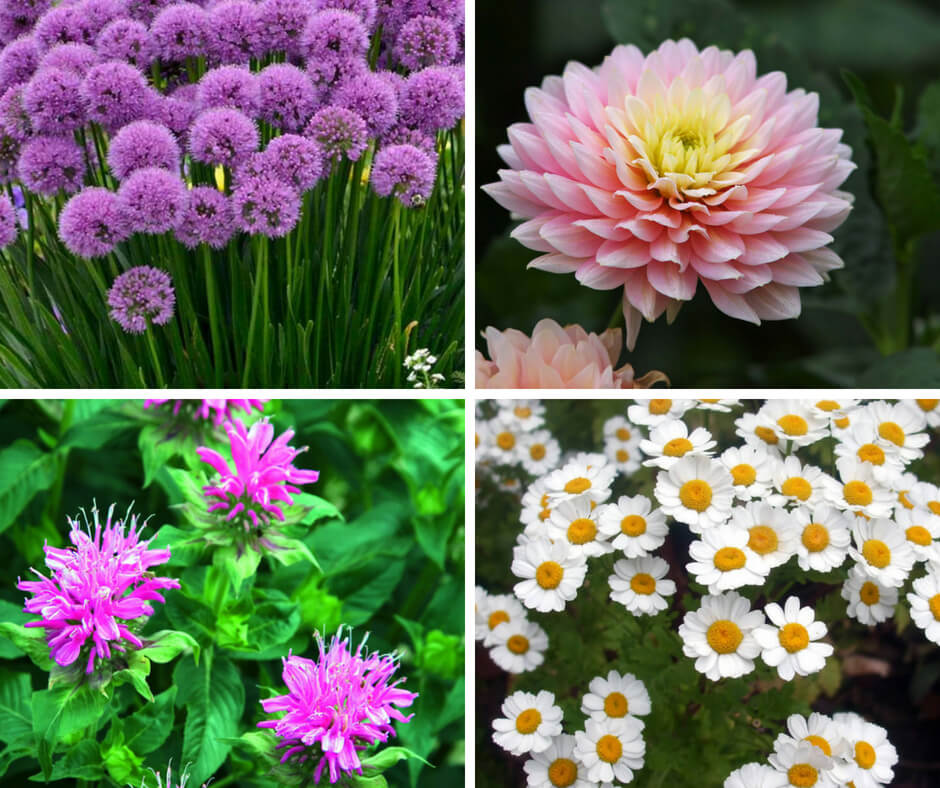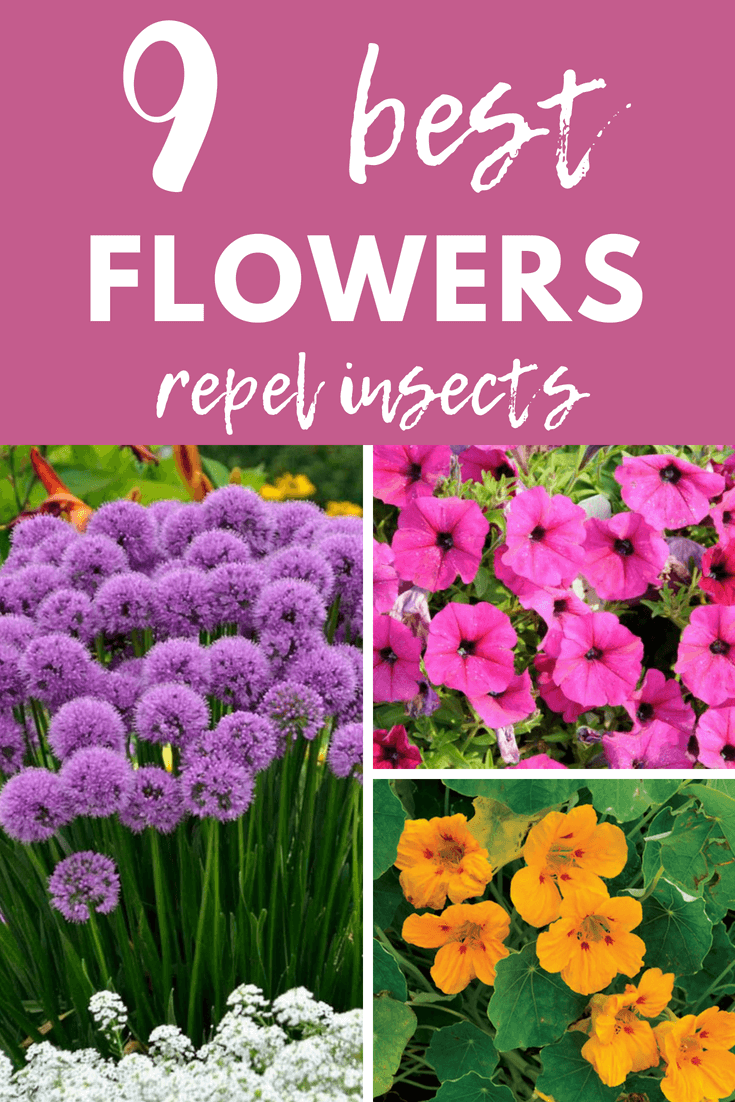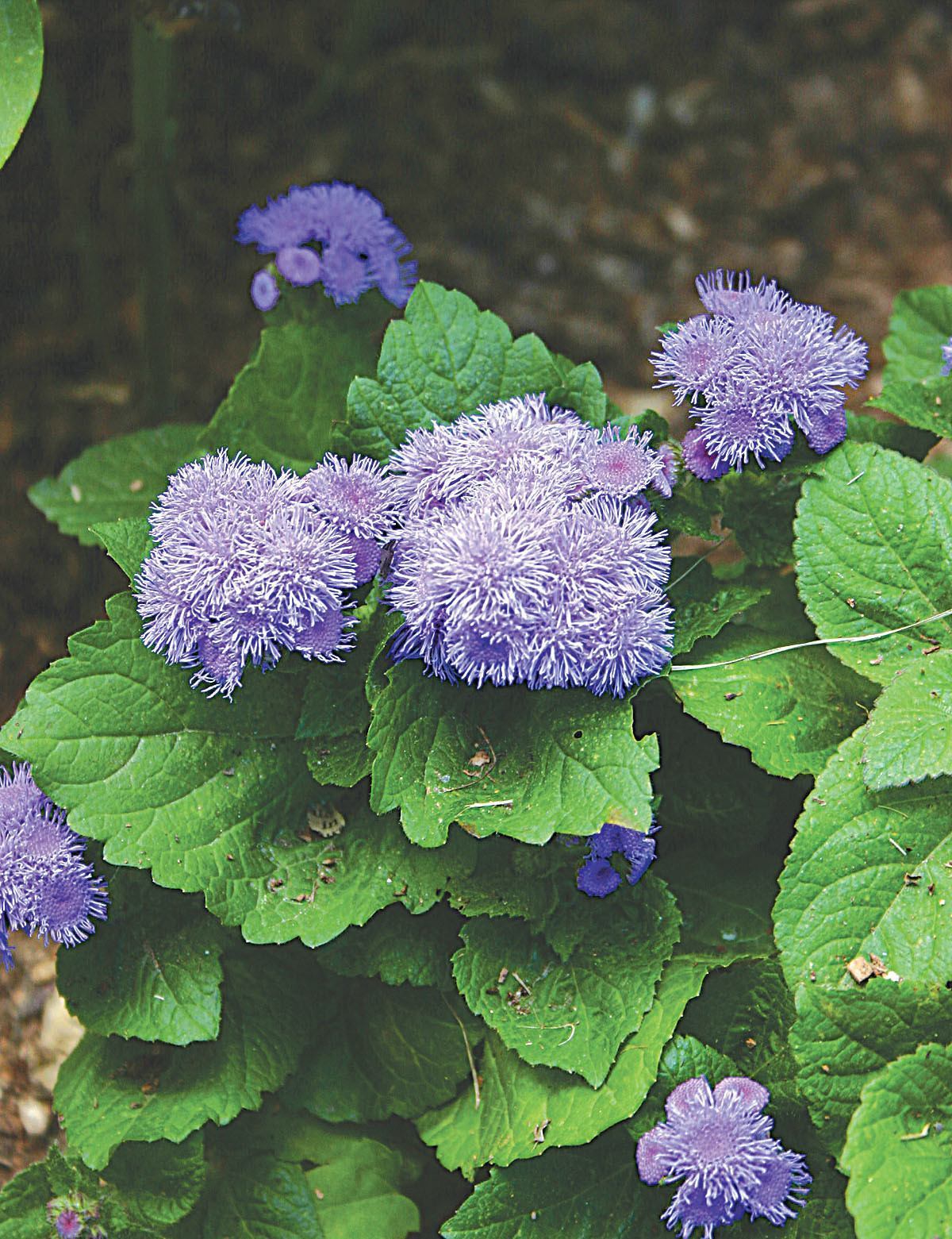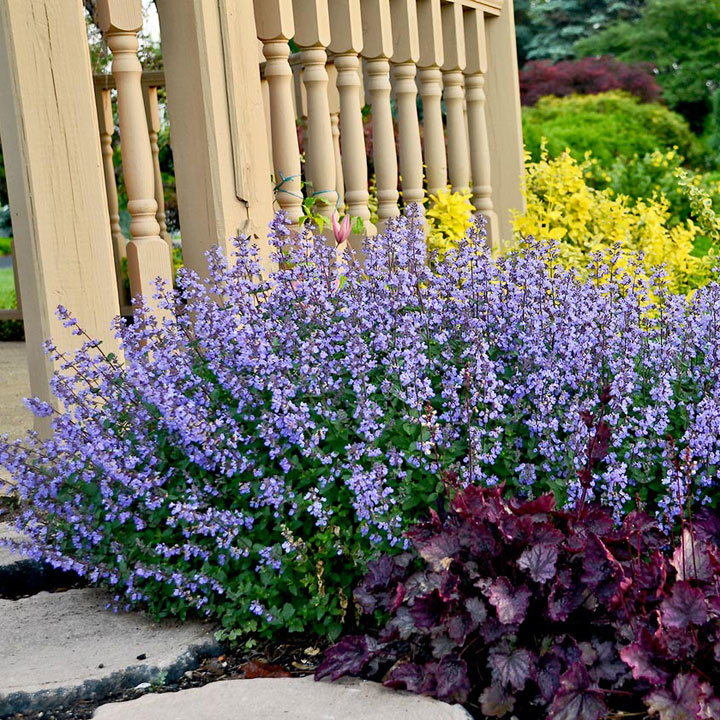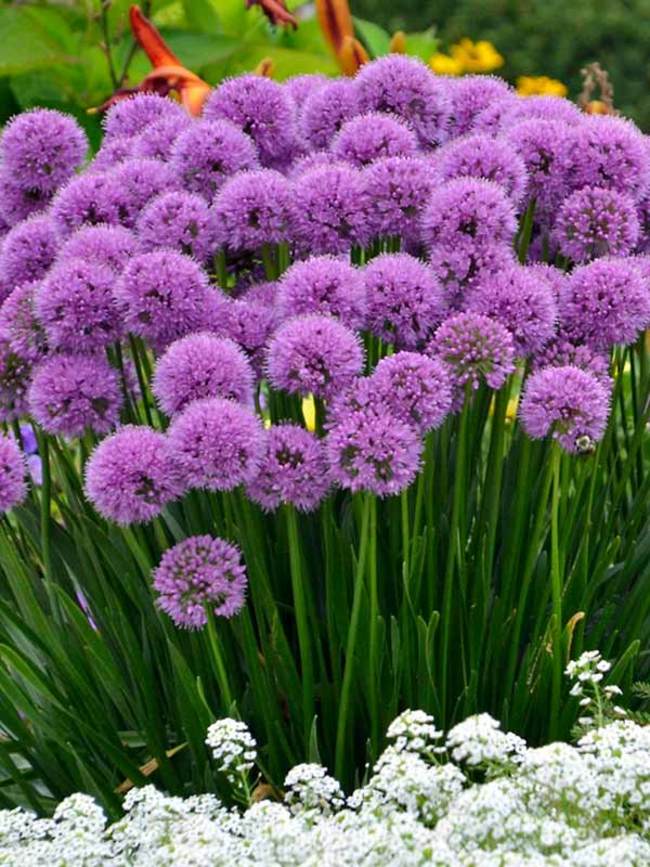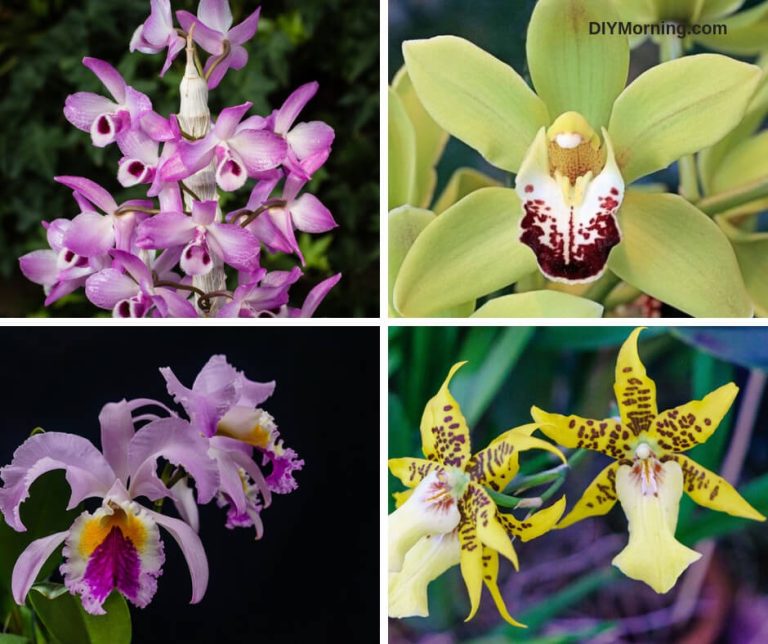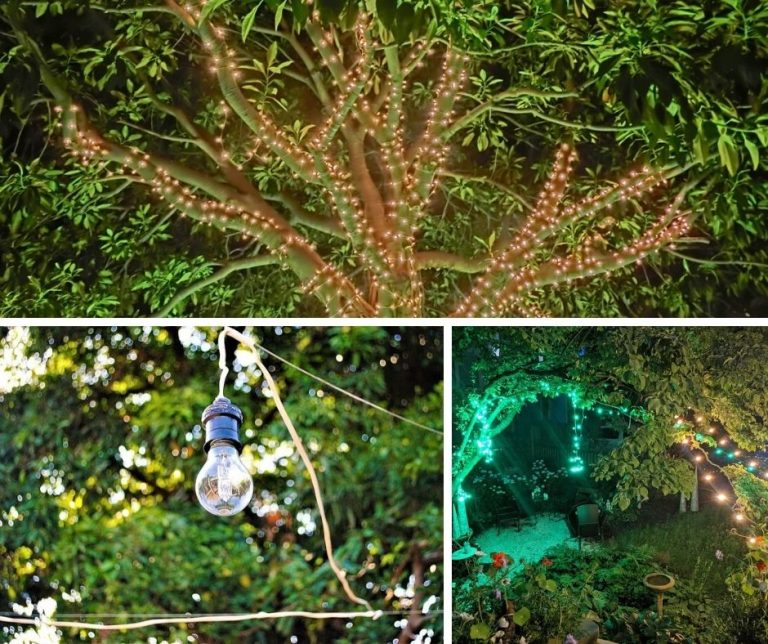Top 9 Flowers That Repel Insects
Not all insects are beneficial to one’s home. For one, no homeowners want to be surrounded by pesky mosquitoes and flies. Likewise, your garden would be better off without harmful insects. Thankfully, you don’t have to immediately buy insecticide to solve your problem. Here’s our guide to the top 9 flowers that repel insects.
1. Ageratum
This anti-mosquito plant is common in tropical and warm temperate regions. Its scent is enough to keep mosquitos away, so much so that commercial products usually get their ingredients from this plant. Likewise, it produces blue flowers whether the plant receives full or partial sunlight. Still, you must exercise caution when you handle this as the leaves could lead to allergic reactions.
Image Source: Herb Co
2. Feverfew
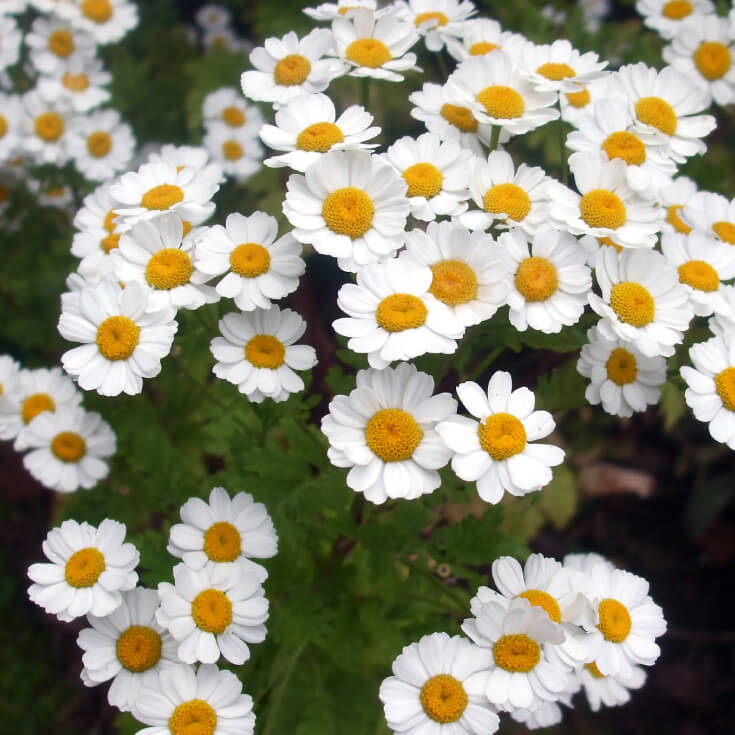
The feverfew plant is used to deter mosquitos and aphids, among other common insects. It gives off a strong and fragrant scent to complement its white flower. Moreover, the feverfew flower thrives in well-draining soil and it can be grown in areas with partial shade. You can keep it healthy with an application of organic fertilizer or compost.
3. Nepeta
Otherwise known as catmints, the nepeta is similar to catnip in how it can lure cats with ease. However, it will do the opposite when it comes to mosquitoes. A probable cause as to why the nepeta is effective against these flying insects is nepetalactone. This organic compound has been identified as being significantly more potent than diethyltoluamide, which is used for many insect repellents.
4. Bee Balm
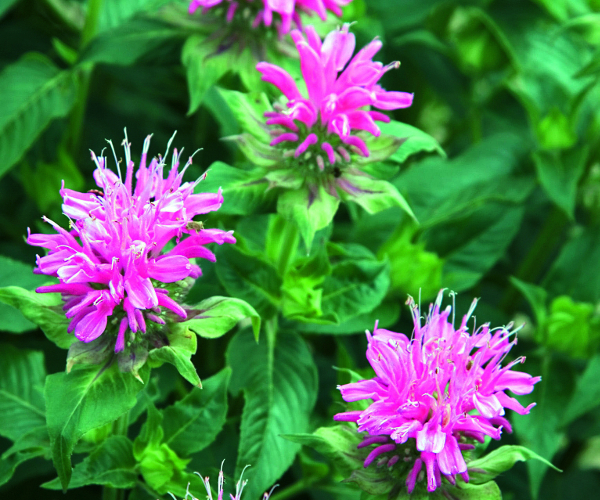
The bee balm can be grown in flower beds or alongside herbs to provide more color. Apart from bees, this flowering perennial can attract both butterflies and hummingbirds to your garden. Still, the bee balm has essential oils that are known to repel mosquitos. Try growing bee balms in a fertile and well-draining soil. Keep each one separate from one another by at least 18 inches to ensure their unhampered growth.
5. Marigolds

Whether you’re dealing with aphids or mosquitoes, these small yet vibrant flowering plants can effectively keep them away from your area. In fact, the scent released by marigolds can also repel rabbits. Moreover, even their roots are beneficial. Nematodes heed from the established root systems of marigolds. Still, marigolds need sufficient care as they can succumb to many diseases such as root rot, powdery mildew, and leaf spot.
Here is a video of growing marigolds:
6. Alliums
Alliums are tall plants that can cover your garden with beautiful violet blossoms — some varieties can even have stalks reaching six feet in height. This is a popular choice for naturally treating an insect infestation in a vegetable garden. Alliums can repel cabbage worms, slugs, and carrot flies that also feed on parsley and celery. In addition, these flowers can be placed near your rose bushes that attract aphids.
7. Petunias
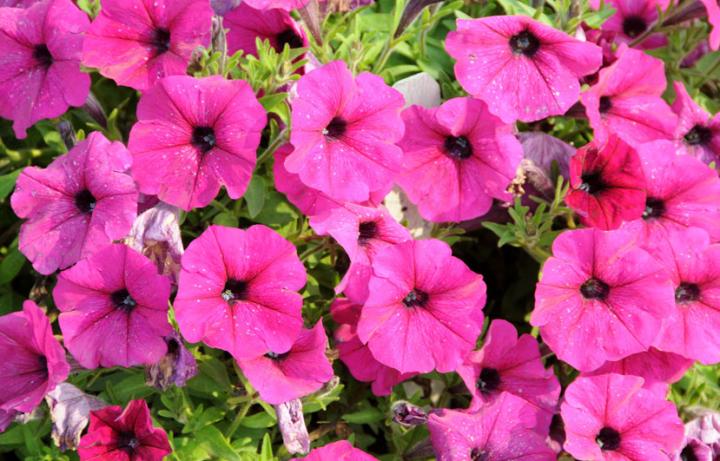
Petunias come in different colors such as pink, red, orange, purple, and blue. Moreover, they are incredibly versatile. These insect-repelling plants can be grown in planters, raised beds, or in baskets without requiring a lot of maintenance. Simply place them in an area with direct sunlight alongside crops like beans and tomatoes. Petunias will discourage squash bugs, aphids, leafhoppers, and tomato hornworms.
8. Chrysanthemum
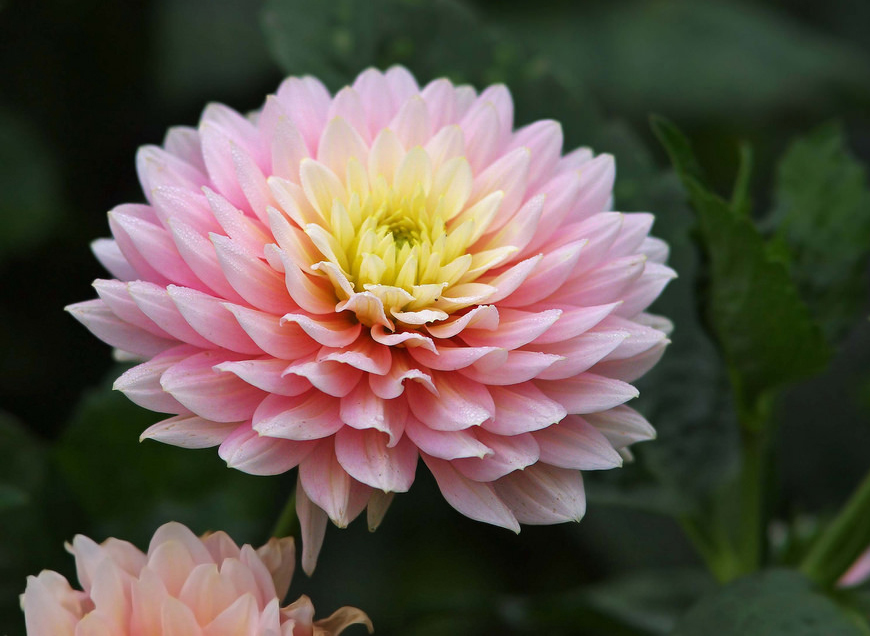
This plant has flowers that can be crushed and dried to create the natural insecticide known as pyrethrum. This flowering plant can repel ticks, silverfish, spider mites, Japanese beetles, nematodes, lice, cabbage worms, and even roaches. Provide the chrysanthemum with six hours of sunlight every day and grow it in well-draining and fertile soil.
9. Nasturtium
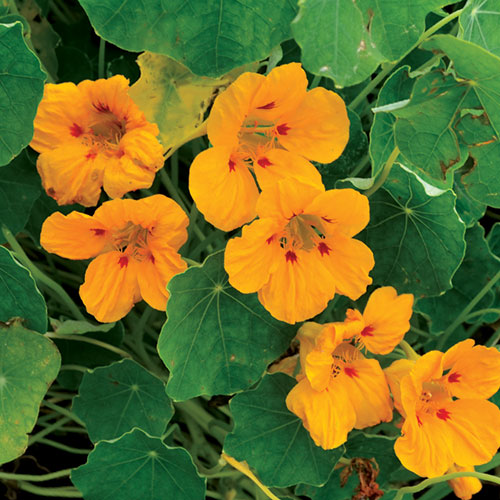
At the top of our list is the nasturtium. While this herbaceous flowering plant does not harm the beneficial bumblebee, it’s considered bad news for many harmful insects. Vegetables such as tomatoes, kale, broccoli, cabbage, and cucumbers should have nasturtiums grown near them. Nasturtiums can produce chemicals that repel aphids, and squash bugs, and whiteflies. Also, cabbage loopers will lay eggs on this plant rather than on your cabbages.
As you can see, you don’t have to spend money on synthetic insect repellants. If you are well-informed, you can grow your garden in such a way that it naturally stops the spread of harmful insects. We hope that you learned a lot from our list. If you have any questions, do send us a message.

